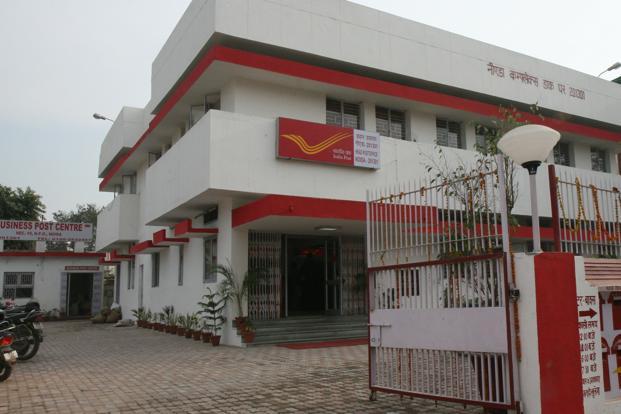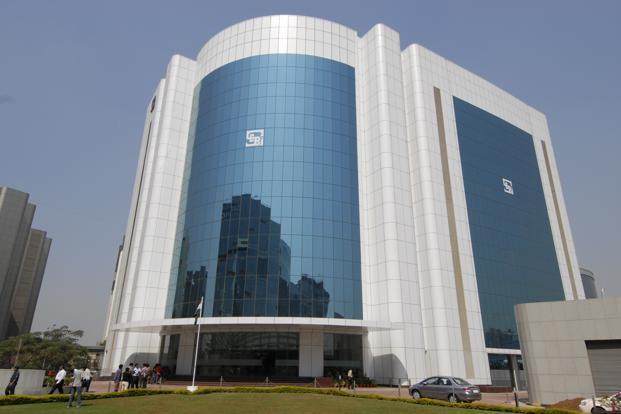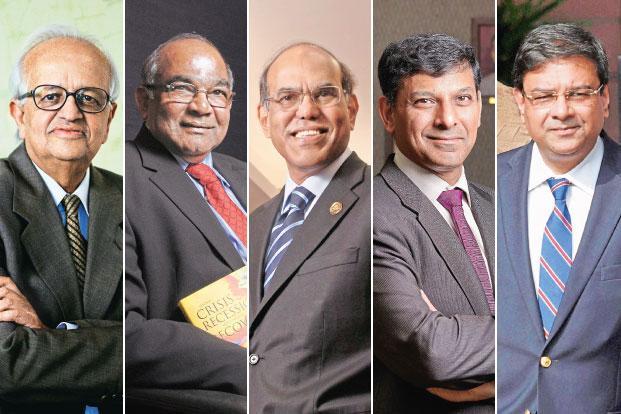The Reserve Bank of India (RBI) wants to expand banks’ footprint in Asia’s third largest economy where roughly two out of three adults don’t have access to formal banking services. In April, RBI had given licences to two entities to set up universal banks. It has followed it up recently, releasing norms for setting up small banks and payments banks.
The Indian central bank is extremely cautious in its approach, and every “fit and proper” applicant cannot expect to get the licence. No one can argue with this stance, but slamming the door in the face of large corporations and public sector enterprises is surprising. If corporations could apply for full-service universal banks, why can’t they apply for small banks, which pose much lower risks to the system? Many of them who could not make it in the April round would have loved to apply for small banks, which can be upgraded to universal banks after five years.
If both RBI and the Indian government are serious about financial inclusion, the best way to do this is to allow India Post to float a bank. The government has recently awarded a Rs.1,370 crore contract to Ricoh India Ltd, a part of Tokyo-based Ricoh Group, and Telecommunications Consultants India Ltd, to modernize the India Post network through automation, and improve the quality and expand the scope of services. The next logical step should be amending the Indian Post Office Act, 1898, and allowing it to float a bank.
Globally, this has been done to expand financial services in rural pockets and cover the poor and underprivileged. Postal banks have made deposit and payment services accessible to lower-income and rural households, and contributed to raising household savings rates. The US and Canada abolished their postal savings systems in the 1960s, while many other countries in Europe and Asia have privatized or converted them into banks.
Postal Savings Bank of China Co. Ltd, the lending arm of state-owned China Post Group Corp., is planning to raise at least $4 billion in an initial public offering in Hong Kong and Shanghai this year. Ahead of the proposed public issue, it is in the process of seeking strategic investors. It is China’s fifth largest bank by assets and perhaps the world’s biggest by branches with 39,707 outlets, over 70% of which are in towns and villages.
Set up in March 2007 and headquartered in Beijing, it also has 108,707 cash withdrawal service points, which last year handled at least six million transactions worth $245 million. Traditionally, China’s post office has served people in rural pockets who do not have access to banking services and offered them other services such as remittances, tiny loans and even wealth management. Postal Savings Bank of China serves at least 400 million customers across 31 provinces, municipal and autonomous regions through innovative products such as specialized farmer cooperative loans and land ownership loans.
Tokyo-based Japan Post Bank Co. Ltd, too, is planning a public issue. It is one of only two banks to have branches in every prefecture in Japan, the other being Mizuho Bank Ltd. And, it has more offices (234 branches and 24,015 post offices) than all other Japanese banks’ branches put together. Set up in September 2006, Japan Post Bank is primarily a savings institution that also offers overdrafts to those who keep fixed deposits with it and a few other financial services through its network of branches and ATMs across the nation. In March 2014, its deposit portfolio was in excess of 176 trillion yen, one of the largest among global banks.
There have also been instances of commercial banks taking over a postal service provider for the postal department’s network, which comes in handy for reaching out to retail customers. In 2010, Deutsche Bank AG took over the control of Deutsche Postbank AG by raising its stake. Through this, Deutsche Bank added Postbank’s 14 million customers to its 10 million German private clients to become the country’s biggest private sector retail bank. Headquartered in Bonn, Postbank was formed following the restructuring of German postal services in 1990.
India Post is far better positioned than Postal Savings Bank of China and Japan Post Bank with the largest postal network in the world—at least 155,015 post offices, of which 139,144 (89.76%) are in rural areas, much larger than the entire branch network of Indian banks. On an average, a post office serves 21.21 sq. km and a population of 7,175 people. In contrast, a bank branch serves little more than 12,000 people. On top of this, India Post has 573,749 letter boxes strewn around the country. It has some 238 million savings accounts—much more than what any bank in India has under its fold.
Apart from mobilizing savings through various schemes, India Post also sells mutual funds and pension products, and offers remittance service from 205 countries across the world from close to 10,000 post offices, through tie-ups with Western Union Financial Services Inc. and MoneyGram International Inc. The government also uses post office accounts to route payments to beneficiaries as part of the rural jobs programme and the direct transfer of subsidies. Clearly, no other public or private entity can compete with it in terms of reaching out to the rural masses and infrastructure for distribution of financial products.
If RBI is not sure about Indian Post’s expertise in running a bank—it has been incurring losses from its heavily subsidized services—it should allow India Post to enter the banking arena partnering a corporate entity. A bank by India Post is the best bet for financial inclusion; it could do much more than what a Jan Dhan Yojana can achieve.
Not a small bank—it will be the world’s biggest in terms of branch network.



